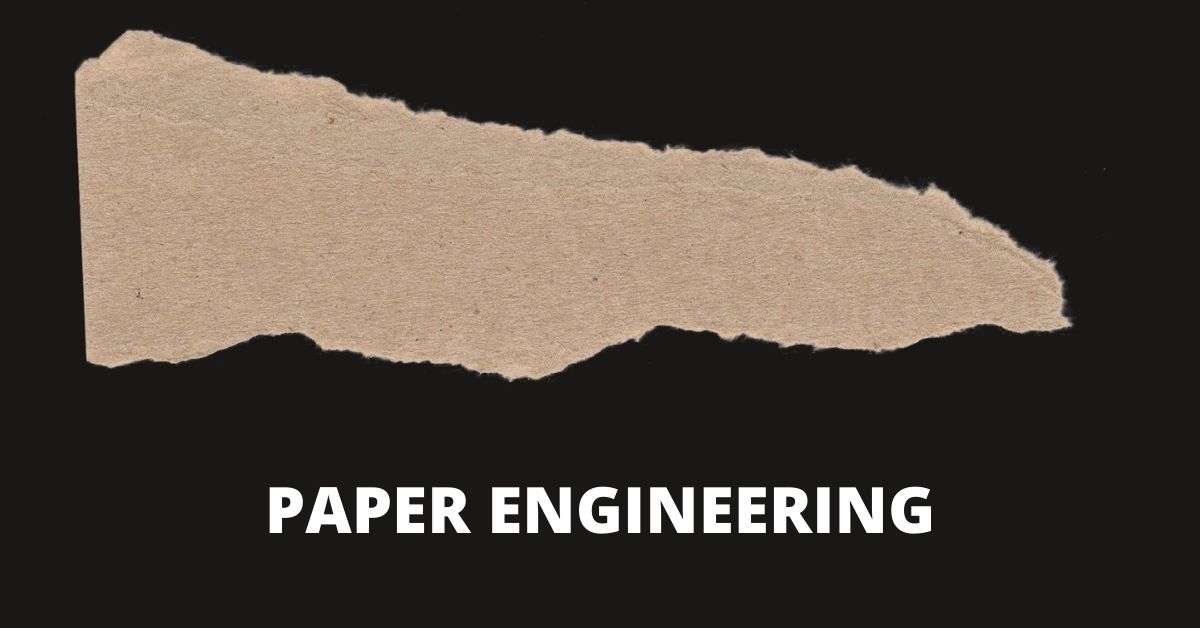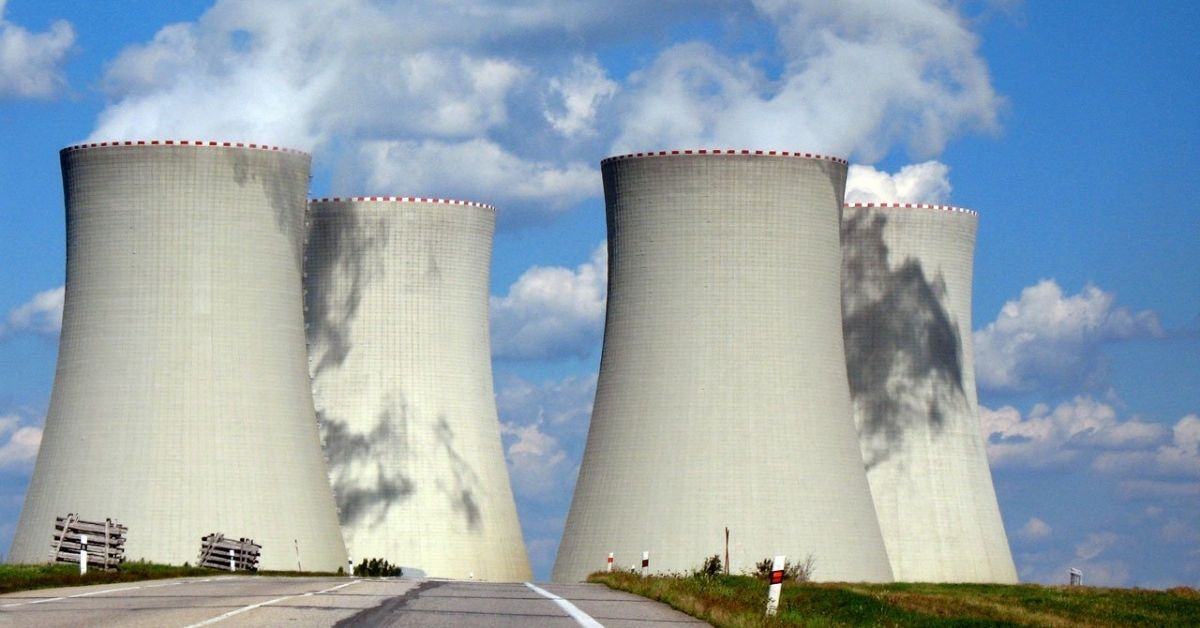Paper Engineering Processes Overview
Paper engineering is an engineering branch that deals exclusively with the use of biological life sciences and physical sciences in conjunction with math as applied to the conversion of physical substances into useful paper goods and co-products. Paper is considered a vital component of human life since it is the material on which we write, read, and even feed our pets. Paper is also considered an essential resource for businesses and other organizations due to its high level of functionality and versatility. Paper, unlike other printed materials such as magazines, books, and newspapers, is capable of being recycled infinitely.
Paper engineering basically refers to the design, process, and production of paper as well as related products. The term paper engineering was first used in 1801 by the French mechanic and inventor Louis Pasteur. His theory of microbial action was responsible for creating the concepts of mechanical printing and paper formation. Paper is basically made of living materials such as wood pulp, cotton, pulp from rubber, silk, and bamboo fibers, along with other natural materials such as shells from various fossilized materials. Paper can be either synthetic or natural; however, the majority of paper manufactured today is synthetic due to its ability to be manufactured and molded into different shapes and sizes without any loss of quality, color, and adhesive properties.
The process of making paper starts with the fabrication of the molds in which various objects are placed. Water is used to aid in the molding process and during this time the substance is usually solid. The solid material is then gradually formed into the shape of the mold through the application of mechanical pressure. After the process is complete, the mold is removed and the solid material is now ready to be printed on paper.
Paper engineering uses several advanced processes to create high-quality paper products. A number of chemicals are introduced into the molds which react chemically with the substance being molded. The resulting product is then tested for its strength and consistency before it is sent to manufacturing. During the testing process, the paper will sometimes be placed inside the molds while other times the paper will be sliced from the mold and placed on a different surface.
Paper is made from a number of different types of materials. Some of these materials are more commonly used than others, which also affects the way in which the paper is fabricated. For example, a thicker paper will be more durable than a thin paper due to its greater strength. The thick paper also performs better when printing because it has a greater density which enables it to hold ink better and last longer. Fiberglass is also used in some paper products due to its thermal stability and ability to print on different surfaces at the same time.
The processes involved in paper engineering are very complex, involving many different components such as heat stamping, binding, foil stamping, stapling, laminating, and flexing. Many of these processes can only be done in certain situations such as thin papers or in bright light. Other paper engineering processes are not affected by the conditions in the environment because the material is usually manufactured in its final state at the factory. It is manufactured by heat pressing or cold press techniques. The most common types of paper that are produced are perforated and laminated.
The most common materials that are used in paper manufacturing processes are wood pulp, synthetic fibers such as polyester, acrylic, nylon, and paperboard. When determining the properties of a paper product, it is important to keep in mind that different products will have different reactions under different circumstances. For instance, a thick paper will not absorb as much water as a thin paper would but it will also change in color depending on its temperature.
Paper engineering is an intricate process and it usually consists of many smaller steps which combine to produce a large and complex product. This article has briefly mentioned some of the main parts of paper engineering, the process by which the material is created, the various ways it is used, and the different types that can be utilized in different situations. Paper engineering has existed for several decades and continues to be a vital part of business and other industries. The paper industry is constantly looking for ways to further improve their products and process and by using paper engineering they can make significant improvements that can improve the quality of their product and save them money.




